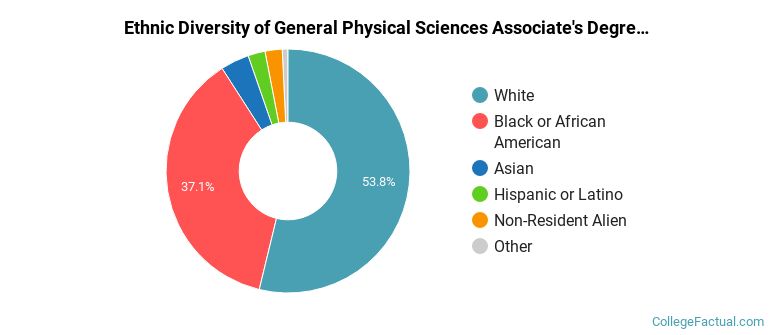 by our College Data Analytics Team
by our College Data Analytics TeamWe've gathered data and other essential information about the program, such as the ethnicity of students, how many students graduated in recent times, and more. In addition, we cover how RBC ranks in comparison to other schools with physical science programs.
Jump to any of the following sections:
The bachelor's program at RBC was ranked #12 on College Factual's Best Schools for physical science list.
During the 2022-2023 academic year, part-time undergraduate students at RBC paid an average of $497 per credit hour if they came to the school from out-of-state. In-state students paid a discounted rate of $295 per credit hour. Information about average full-time undergraduate tuition and fees is shown in the table below.
| In State | Out of State | |
|---|---|---|
| Tuition | $6,570 | $12,630 |
| Fees | $2,280 | $2,280 |
| Books and Supplies | $1,200 | $1,200 |
| On Campus Room and Board | $14,140 | $14,140 |
| On Campus Other Expenses | $1,500 | $1,500 |
Learn more about RBC tuition and fees.
RBC does not offer an online option for its physical science bachelor’s degree program at this time. To see if the school offers distance learning options in other areas, visit the RBC Online Learning page.
During the 2021-2022 academic year, 132 students graduated with a associate's degree in physical science from RBC. About 36% were men and 64% were women.

The majority of associate's degree recipients in this major at RBC are white. In the most recent graduating class for which data is available, 54% of students fell into this category.
The following table and chart show the ethnic background for students who recently graduated from Richard Bland College of William and Mary with a associate's in physical science.

| Ethnic Background | Number of Students |
|---|---|
| Asian | 5 |
| Black or African American | 49 |
| Hispanic or Latino | 3 |
| White | 71 |
| Non-Resident Aliens | 3 |
| Other Races | 1 |